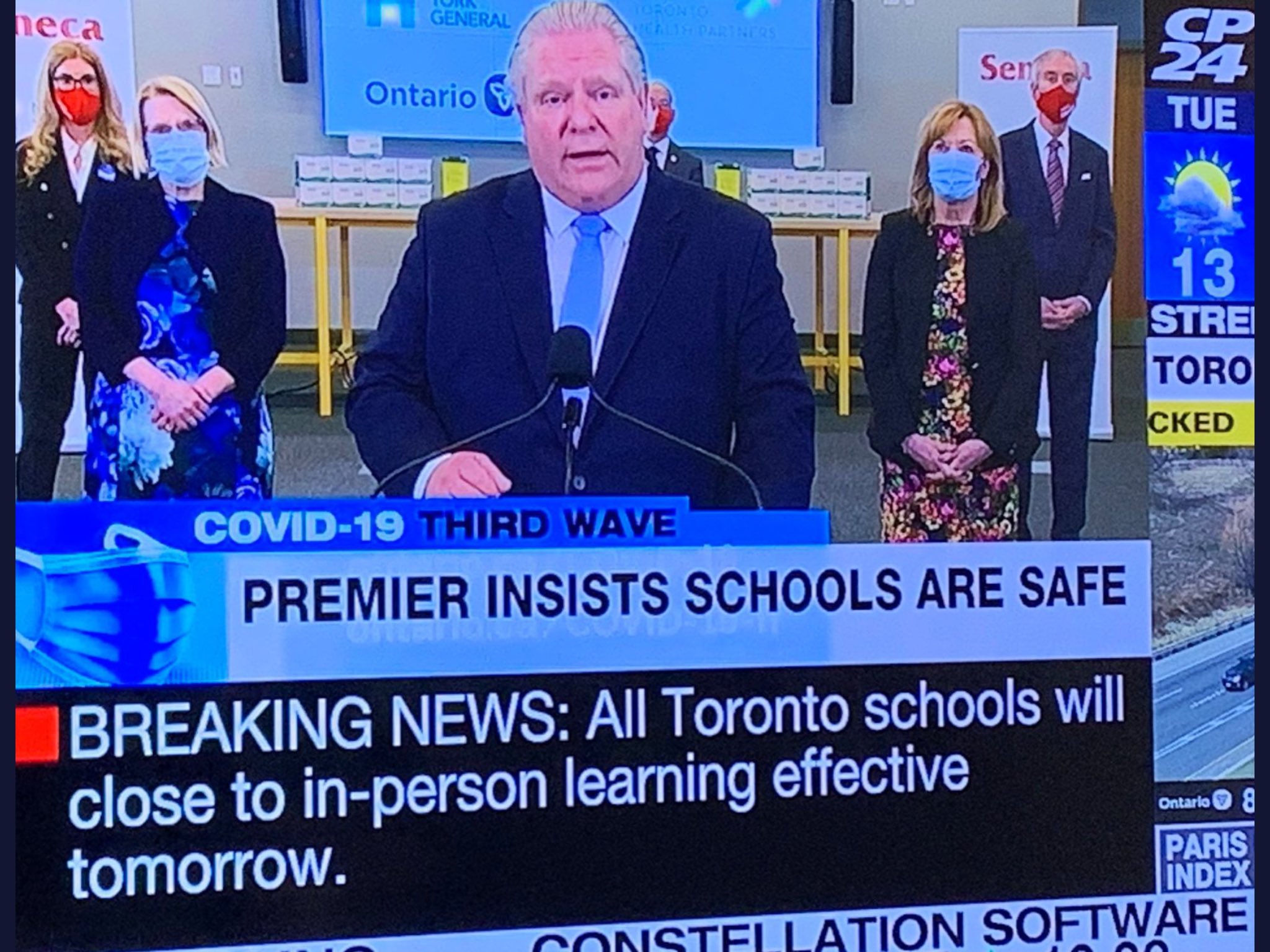Every so often at board game events, or simply by playing a new activity with my nieces, I think “Wow, this is fun…how can I integrate this into the classroom to promote exciting and relevant learning?”
One of the games I played at a cottage in the summer was “Spot It.” It’s a very simple premise: take a tin of cards with pictures and words on each card. There are a variety of matches to be made on all the cards using both pictures (visual) and words (lingual).
As a Core French teacher, it can often be a hard sell to find activities that appeal to students. I immediately sought out the game in its bilingual form (you can also find other examples of languages it has been produced in) and played it with my students. Here is what I observed:
*this was a great way to get English language learners (ELLs) to participate with all of the visuals
*there were a lot of entry points for students on IEPs who couldn’t remember some of the language rules, but could still participate, just by matching pictures
*one of the students with physical motor issues could easily ‘point’ to his selection and his EA was easily able to assist him with communication
*each student was able to learn that there was a way to match each card if they kept looking
I like to use hands on games, but I am continuing to be more adept at seeing how students use technology in their learning. I have a class of split Gr. 4 and 5s, which means most students have over a year’s experience with the younger students with the FSL program. However, due to mitigating circumstances (e.g., returning students from the Immersion program, students new to Canada), there are various reasons why some may be of a higher level of learning than others. I try to pair students in mixed ability groups of three for cooperative learning and to have them critically evaluate the sites and games they use. Are they fun? User friendly? Easy to use at home and at school for practising their skills?
The end of the year can be challenging for motivating students; however, I do like students to participate actively in their learning so I encourage them to create their own puzzles. They have created board games similar to Snakes and Ladders where students can choose the dimensions of the board (e.g., smaller or larger size) as well as the unit that they want to have students review (e.g., placing a colour square vs more detailed weather/season examples). For Bingo, the students enjoy figuring out how to use probability to maximize their ‘winning’ potential and can make the card at a chosen square level either on paper or using an online design.
Sometimes we need to examine that the social learning that happens with games can be just as important as the language skills given the various re-entry points of students into in-person learning, and it can be all the more rewarding if we can positively motivate them to have fun at the same time.



